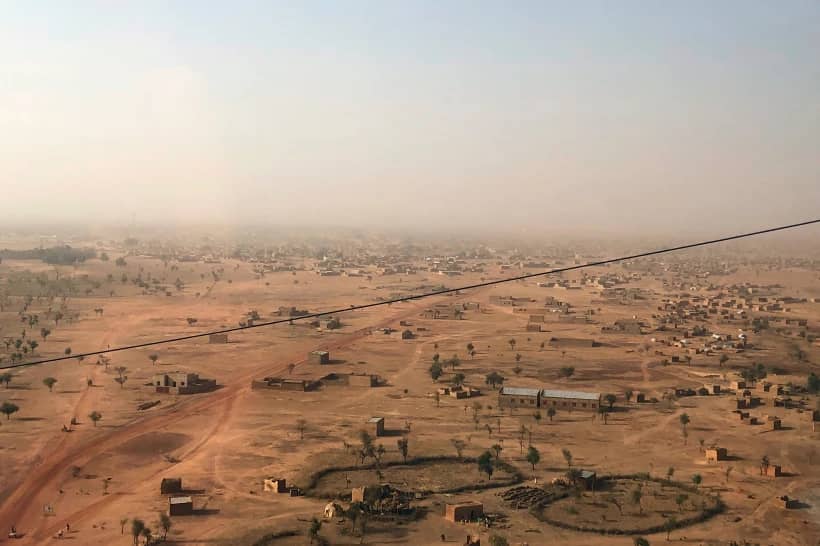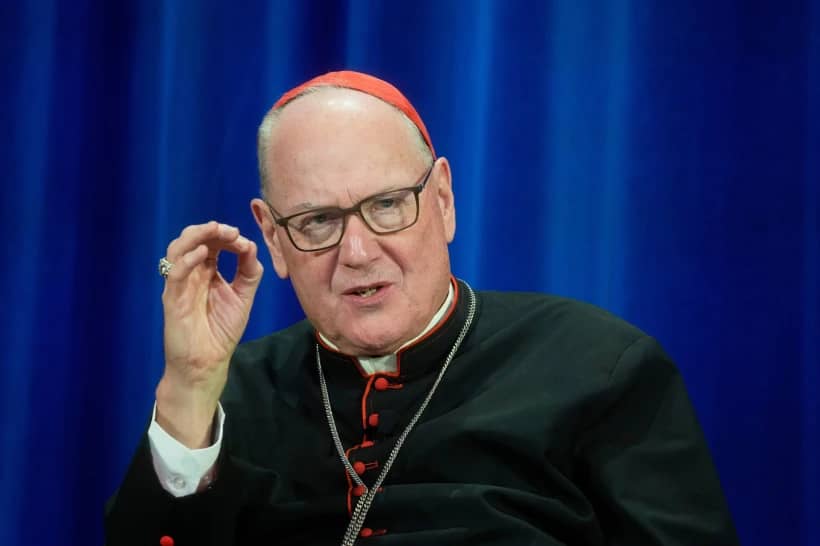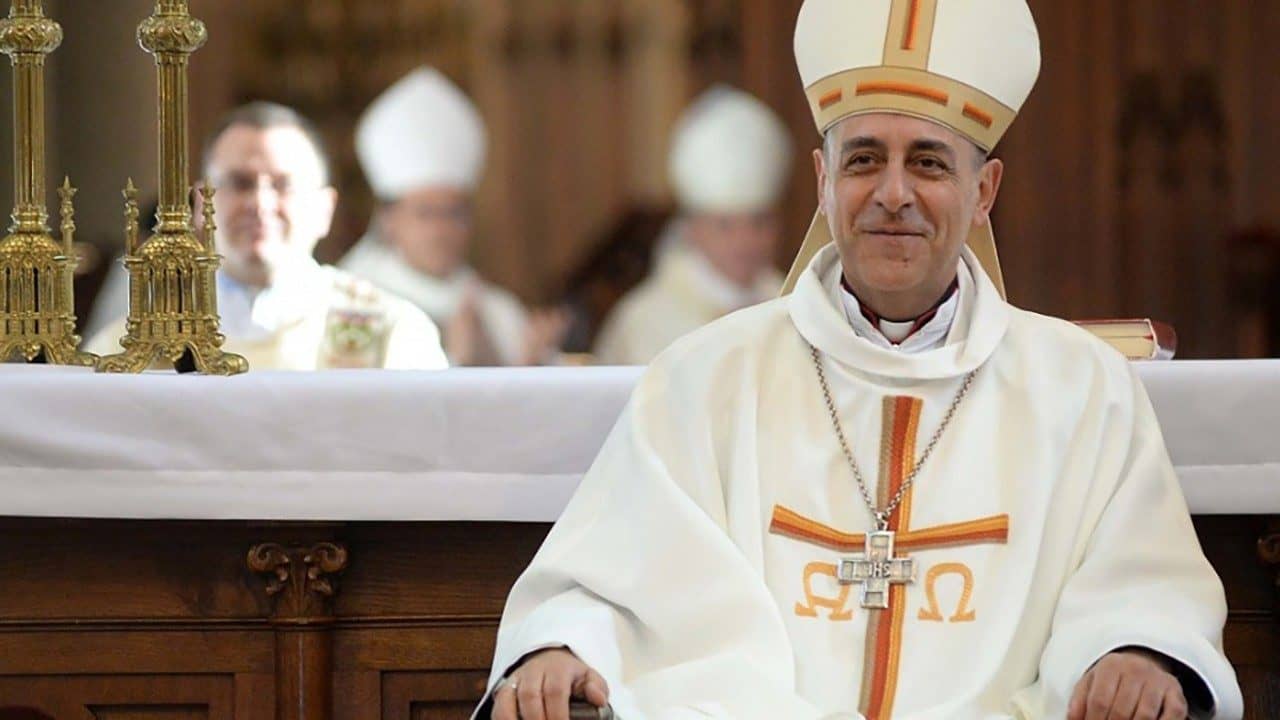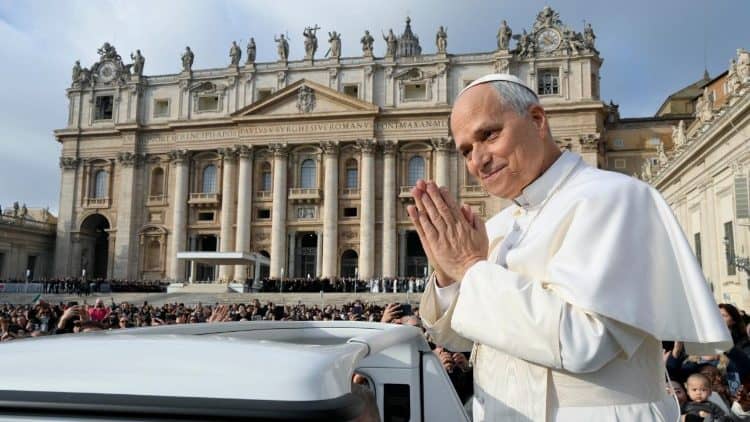SOUTH BEND, Indiana – In almost all ways, Italy captures Catholicism at both its best and worst – the inspired leadership of a Robert Bellarmine and the pastoral zeal of a John Bosco on one end of the spectrum, for instance, with rank careerism and rampant menefregismo (“I don’t give a damn”) at the other.
That duality also characterizes the relationship of the Italian Church with the mafia, meaning various forms of organized crime that tend to be especially prominent the further south one goes in the country.
Over the decades, it’s been easy enough to find Catholic priests willing to marry known mafia members, to bury them, and to preside at the baptisms and confirmations of the kids. Priests would participate in mafia-organized religious processions, and bishops would take donations from mob bosses to fund various pious works.
That collusion between mob and ministers probably reached its peak in post-war Italy, when the Church was keenly interested in preventing the Communists from seizing power and saw the mafia as an ally – potentially unsavory, but an ally nevertheless.
(Much of that cooperation is now a thing of the past; in a deeply ironic for-instance from March 2017, a Sicilian bishop announced that mob members could no longer serve as “godfathers” in the spiritual sense.)
Yet Italian Catholic history is also rich with the sacrifices of courageous individuals who stood up to the mob, and Tuesday marked the 25th anniversary of the murder of one such figure: Father Giuseppe “Peppino” Diana of Casal di Principe, a small town of about 20,000 in a southern Italian region known as a stronghold of the Camorra, the form of the mafia that grew up in and around the city of Naples.
On March 19, 1994, a gunman burst into the sanctuary of the church where Diana was preparing to say morning Mass for the feast of St. Joseph, shooting him twice in the head, once in the face, once in the hand and once in the throat. The assassination was clearly intended to send a signal to meddlesome priests throughout the country, coming just on the heels of the 1993 execution of Father Giuseppe “Pino” Puglisi in the Sicilian city of Palermo.
In fact, the combination of the two priests being killed by the mafia so close together generated indignation up and down Italy.
“In deploring this new brutal crime, I invite you to join me in praying for the soul of this generous priest, committed to the pastoral service of his people,” said Pope John Paul II the day after Diana died.
“I pray to the Lord that the sacrifice of this minister, [who is] an evangelical seed of grain fallen upon the earth, will produce fruits of full conversion … solidarity and peace,” the pope said.
This week, a celebration was held in Aversa, the diocese in which Casal di Principe is located, marking Diana’s anniversary. For the occasion, Bishop Angelo Spinillo released a pastoral letter titled “Sentinels and Prophets for Love.”
Born in the same town in which he would eventually die, Diana entered seminary in 1968, just three years after the close of the Second Vatican Council (1962-65), and one could say that his involvement in anti-mafia efforts was his way of living the Vatican II spirit of responding to the “signs of the times.”
Both before and after his ordination Diana was actively involved in Scouting, which, in Italy, has close ties to the Catholic Church. He also taught religion in local schools and served as the secretary to his bishop, but what Diana was especially known for was his fight against the stranglehold of the Camorra in his region.
In the mid-1980s Diana opened up a welcoming center for African immigrants, which he used to attempt to persuade new arrivals to steer clear of the mob – a move which local bosses regarded as directly threatening their economic interests. In 1991 Diana released an anti-mafia letter called “For the love of my people, I will not stay silent,” in which he denounced the rule of the Camorra as a “form of terrorism.”
Diana’s commitment to walking his own talk is expressed in one of his most celebrated lines: “To me, it’ not important to know who God is,” he once said. “What’s important to me is to know what side he’s on.”
In the wake of Diana’s murder, there was an effort to derail the police investigation by suggesting the fallen priest had been morally suspect – suggestions included that he was a pedophile, that he frequented prostitutes and that he stockpiled weapons in a bid to kill a local politician. A local newspaper even carried a front-page article alleging that Diana was himself a member of the Camorra.
In the end, however, a mob boss named Nunzio De Falco was sentenced to life in prison for ordering Diana’s murder, and two men were likewise sentenced to life for actually executing it.
On Tuesday, Italian President Sergio Matarella recalled Diana as “a just man, courageous, dedicated to the common good and ready to pay in person to oppose injustice and organized violence.”
A Catholic legacy of sprinkling holy water over organized crime when it suited ecclesiastical purposes, therefore, has to be contextualized with figures such as Puglisi, Diana and scores of other Catholics, both clerics and laity, who were willing to defy the mob even at the cost of their personal safety.
The Catholic story is almost always a mixed bag, a blend of shadows and light, or good and bad – and in that perennial balancing act, Father Giuseppe Diana helped tip the scale in the right direction.

















